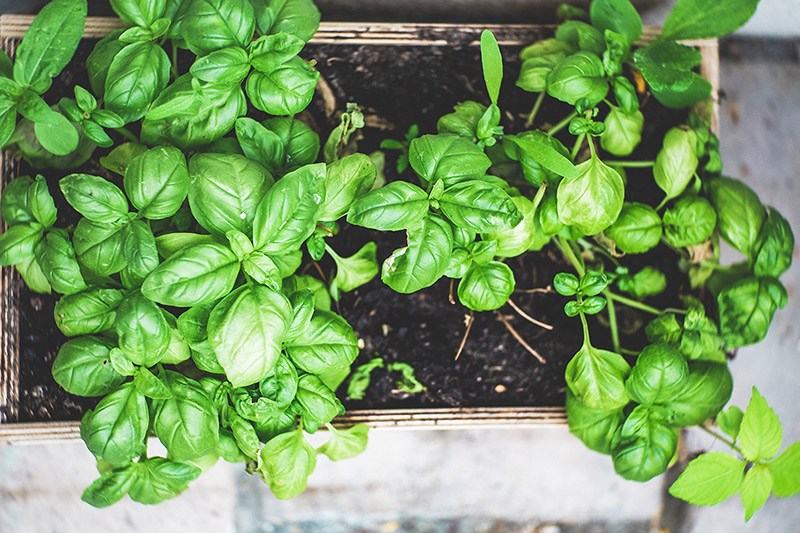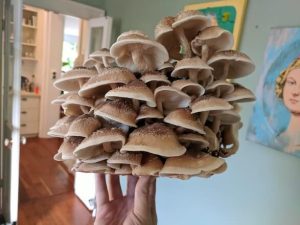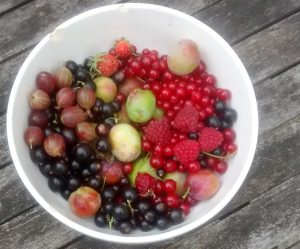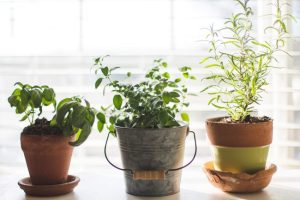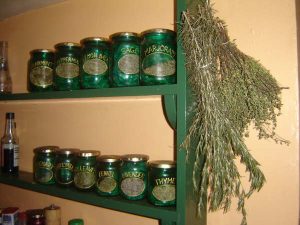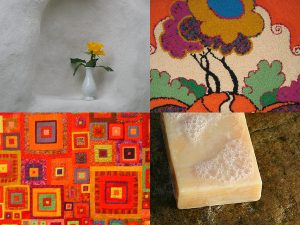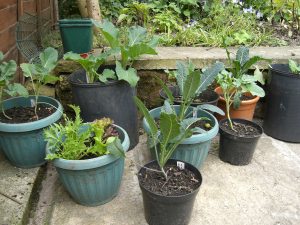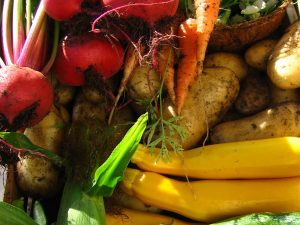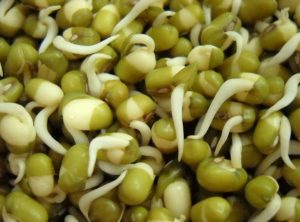Just what can you grow indoors? Plenty, it turns out. Ethical.net continue their guide to starting a small garden in your apartment. Catch up with Part 1 here.
What can you grow indoors?
You might be surprised by the sheer variety of plants that can be grown in suitable spots within your apartment; you’ll only be limited by:
- How much space is available. Is it just a windowsill, a sunny wall, or an entire spare room, for example?
- How much time you have to tend your garden. An indoor garden will be a little more high maintenance than one outside, as crops will all require hand-watering. Certain crops may even need to be hand-pollinated.
With a little effort and ingenuity, almost any outdoor plants can be grown inside – from certain dwarf fruit trees, to micro-greens and salad crops. However, if you are new to gardening, certain options will be easier than others – for example, the following can be grown in even the smallest of indoors gardens:
- Cut-and-come-again loose-leaf lettuces
- Brassicas for micro greens
- Cress
- Pea shoots 🌱
- Spinach and chard
- Asian greens like pak choi, mizuna, and mibuna
- Radishes
- Spring onions
- Strawberries
- Herbs like basil, mint, rosemary, and thyme
Once you get the hang of indoors gardening, you could progress to growing:
- Tomatoes
- Peppers (bell peppers and chillies)
- Carrots, beetroots, and other root crops (in deeper window box containers)
- Peas, beans, and other plants that require supports
- Potatoes (in grow-sacks or larger indoor containers or barrels)
From there, you can branch out to grow a wide range of further produce.
Selecting containers for a small garden indoors
One of the great things about a small indoors garden is that you can get started cheaply. You do not need to buy containers for planting; instead, consider:
- Using toilet roll tubes or other waste materials (eggshells, newspaper, or other scrap paper folded into small pots) to start your seeds
- Using clear plastic to create makeshift propagators. Clear plastic trays, tubs, or bags used for food packaging can be placed over seed trays or pots to give a little extra heat when germinating seeds.
- Using food packaging, like yoghurt pots and plastic trays, as plant pots and drip catchers
- Using old plastic drinks bottles as containers
- Re-using old kitchen equipment or other upcycled items as containers
- Upcycling old items of furniture or wood pallets to make shelves or vertical garden structures
- Sourcing old tools, containers, and growing items for free (or cheap) online
Creating compost to fill your containers
While you may initially need to buy some compost (making sure to choose a peat-free option, so as not to deplete peat bog habitats), even in a small apartment, over time you can save money by making your own compost for free.
You can use a small receptacle to compost kitchen waste such as fruit and vegetable scraps, as well as cardboard, paper and other compostable waste. Such a receptacle can easily fit under your kitchen sink, or in another kitchen cabinet out of the way.
You could even speed up the composting process by creating a small compost tumbler, by employing worms in a small-scale vermiculture composter, or by using a bokashi bucket system. Even in a tiny studio apartment, these are all possibilities.
Using water to grow plants indoors (small-scale hydroponics)
Whether or not you make your own compost, you could also consider growing plants without any soil or compost at all; growing plants in water is a potential small-scale solution for apartment-dwelling food producers. In a simple hydroponics system, plants are floated on rafts with their roots suspended in a container of water. Check out five gallon bucket hydroponics online to see how this can be achieved even in a small apartment. 💧
Harvesting rainwater for an apartment garden
Even in an apartment, it is a good idea to consider whether you can harvest rainwater to water your small garden rather than using water from your tap. Tap water is not as good for plants as rainwater, having less nutriment, and of course it is more sustainable to make use of rainwater if you can.
If possible, discuss installing a rainwater harvesting system for your block, perhaps with your neighbours; you may be able to organise a rainwater harvesting tank on a roof or balcony. Even where this is not possible, a simple alternative is to hang a small bucket or other receptacle out of your window, or place one in a communal outdoor area and use the water collected for your plants.
These things may not be viable where you live, but if you can’t harvest rainwater, leave tap water out overnight before using it to water your plants.
Making liquid feeds for container plants
So, you’ve got your small apartment garden up and running. Your plants are growing nicely and your watering and compost-creating regimes are sorted. One other thing to consider is how to keep plants healthy in the long term.
Container-grown plants can quickly use up the nutrients in their soil, so will often do better if given a boost during the growing season. Sometimes, adding a little more compost around the top of their containers, or re-potting, will do the trick. But the easiest way to increase vitality is with liquid plant feeds.
The good news is that you can make these quickly and easily at home; options include:
- Making a compost liquid feed by simply diluting some of your home-made compost in water, or taking the run-off from a wormery.
- Make a liquid feed using green teas, or other ingredients (molasses, baking powder, Epsom salts, etc.)
- Harvesting local weeds (like nettles) to make a nitrogen rich liquid feed. The weeds are simply placed into a bucket, covered with water and left to stew for at least six weeks. The plant material rots down and can then be strained, watered down 1:3 (one part nettle brew to three parts water) and used to water your plants.
- Foraging for seaweed on a local beach, or organic matter from a local park (comfrey leaves, for example), to make a liquid feed rich in potassium and micro-nutrients
Pollinating indoor plants by hand
One final consideration is that an indoor garden will not be accessible by insects – leading to patchy pollination. While some plants are self-pollinating, those usually pollinated by bees and other insects, or by the wind, may require your agency. Where this is the case, simply use a small brush to transfer pollen from one flower to another.
Creating a small garden in your apartment has its challenges – but, over all, getting started is easier, cheaper, and less time consuming than many people imagine. So stop making excuses! Do your part for planet and people by growing at least some of your own food, no matter where you live.
Find the original post by Elizabeth Waddington over on the Ethical.net blog here.
 About the author
About the author
Ethical.net is a collaborative platform for discovering and sharing ethical alternatives, whether purchasing from a social enterprise, thrift shopping, or learning how to fix your old phone instead of buying a new one. They aim to make ethical the new normal.

